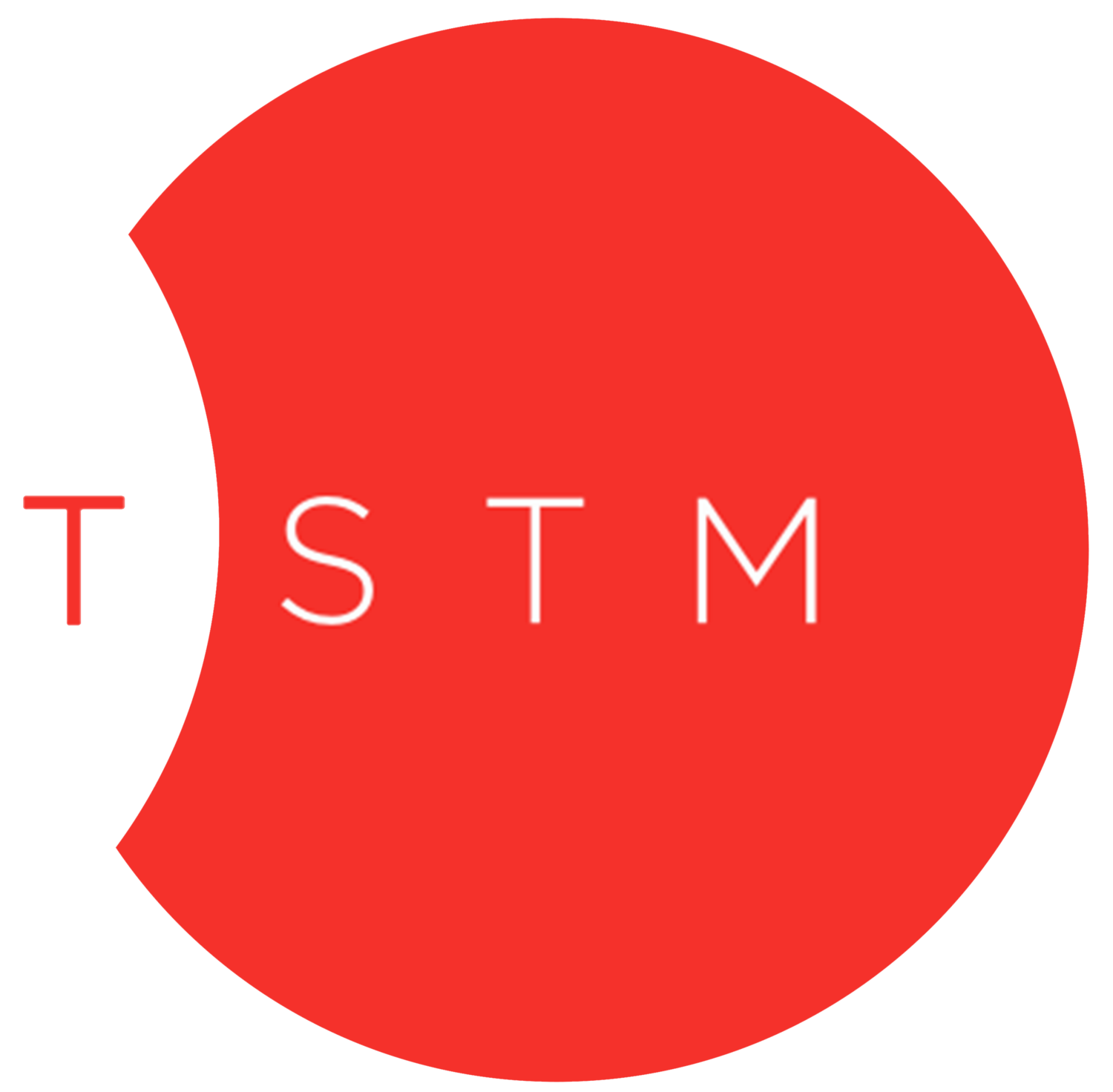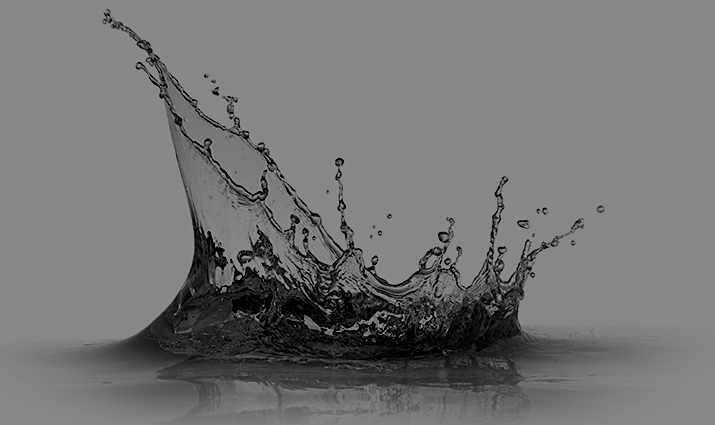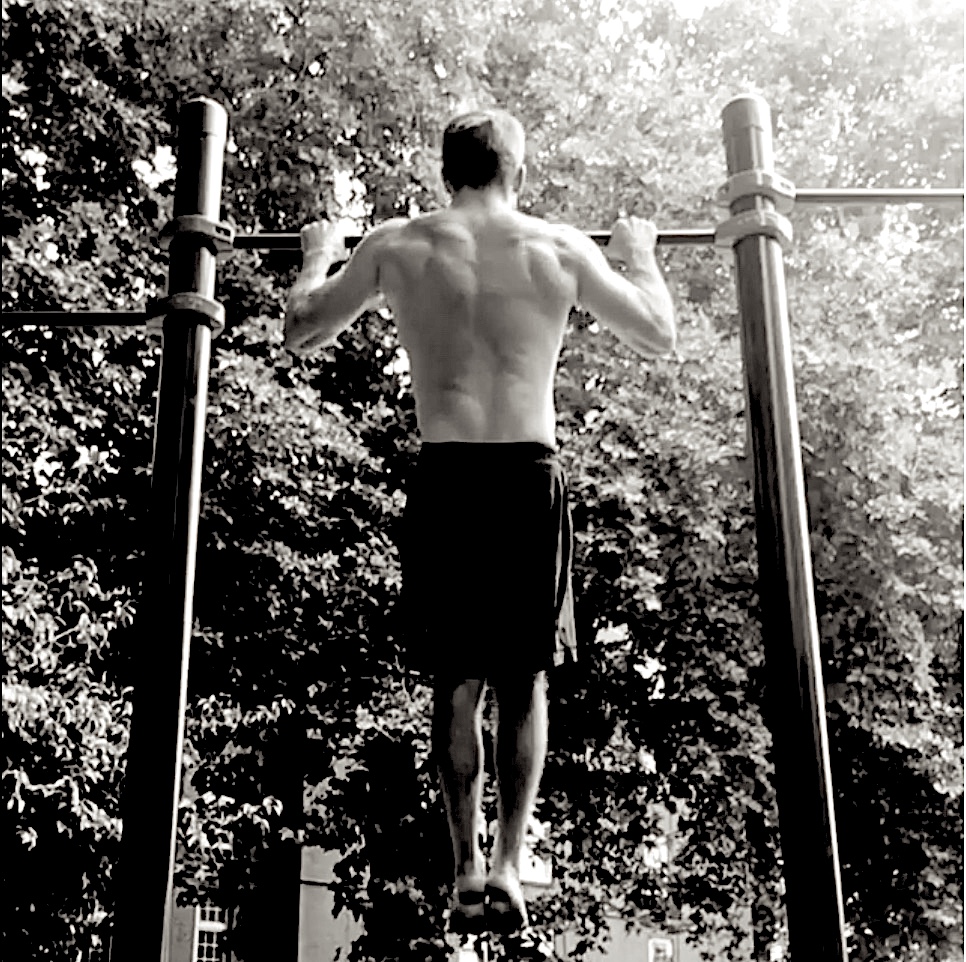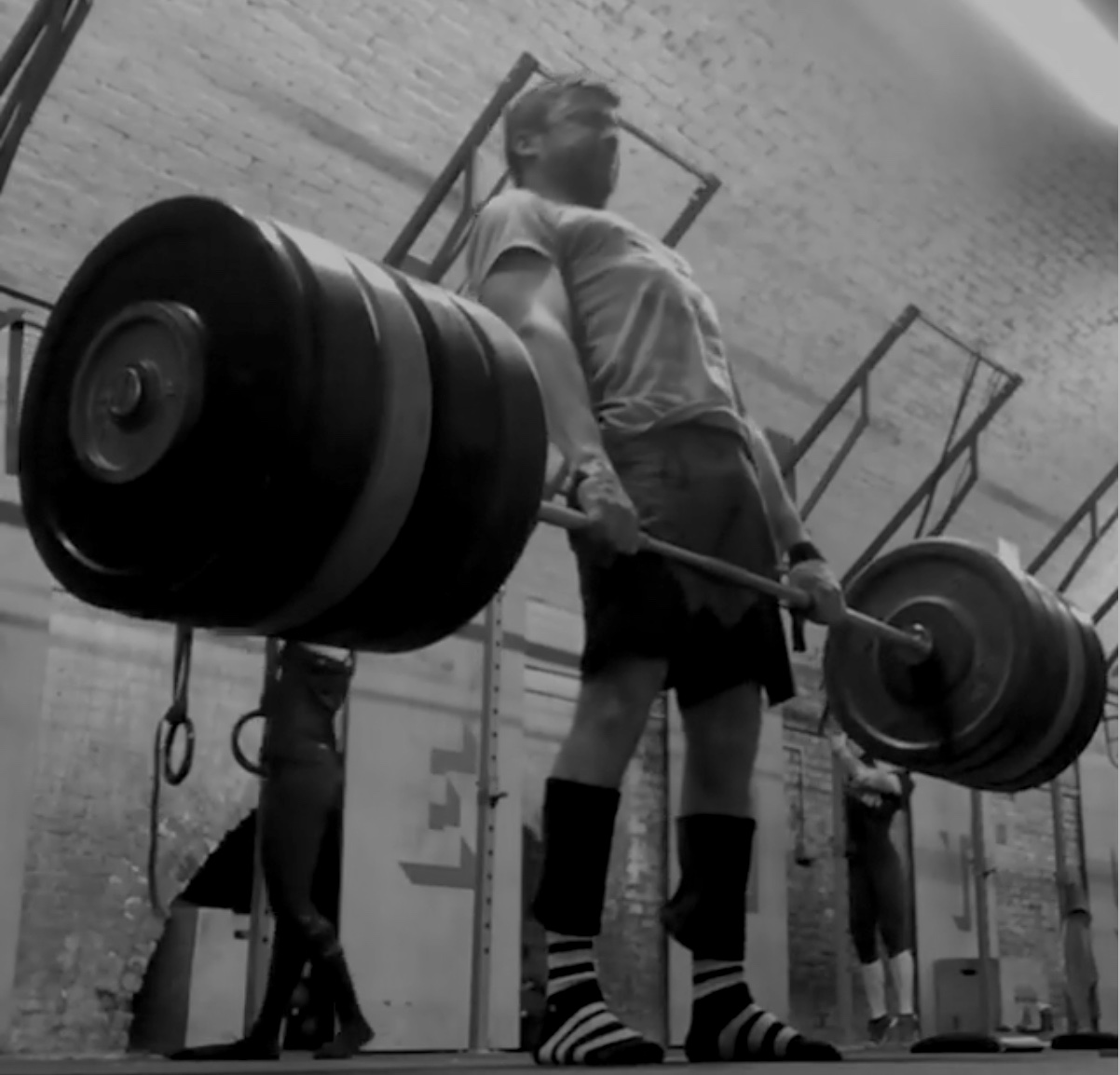Grip strength can often be the limiting factor in the Olympic lifting, deadlift, muscle-ups, max numbers of pull-ups, or even your back squats and handstands. In part one of this post we talked about the importance of the pinky finger, in this post we will take a look at some different ways to test and train grip strength.
Get a Grip: Part 1 - The power of the Pinky Finger
Have you ever stopped to consider the importance of grip strength? Barbells, kettlebells, dumbbells, the pull-up bar and gymnastics ring. When using any of these pieces of equipment, it’s your grip strength that’s typically one of the first things to fatigue.
Lots of coaches, quite rightly, place a great deal of attention on the feet and the posture of an athlete, yet our hands are just as important. Poor grip strength and function will lead to poor positioning, medial elbow pain, injuries, and obviously a decrease in overall performance. Grip strength can actually help improve muscle activation in the deadlift, bench press and even the squat. Knuckle placement, the supinated, pronated, semi-supinated, Olympic lifting hook grip, gymnastics hook grip, false-grip, and wrist mobility are all important elements that coaches should understand and talk about.
Building strong & stable shoulders
Place a cannon in a canoe and put both into the water. Then fire, and... what happens? KABOOM! Id’ bet money on the cannon ball not going far. Why? Because the canoe has a poor base of stability for maximal force production to be generated. Chances are, the canoe will capsize or be blown to pieces.
Would you really try to fire a cannon from a canoe?
Hardly. So why keep pushing your body in training to go to places (KBOOM!) that your shoulders just aren’t strong enough to survive unscathed? Many athletes focus on building the primary moves (for the purposes of my analogy, let’s think of those as big cannons), yet fail to understand the importance of building a bigger canoe (ie. strengthening the stabilisation muscles in the shoulder). It’s typically here that the shoulder gets injured, or you start experiencing pain in the elbows or wrists joints because it’s all linked together in the chain.
Structual balance for posture and performance
The most absurd example is when we look at the typical commercial gym, where we often see many guys focusing on their “beach muscles.” Their exercise selection is often limited to the muscle they can see in the mirror - bench press and bicep curls. The overtraining of the anterior chain often leads to an imbalance that can cause frustration, pain, and injury.
This can also be seen in gymnastics when athlete focuses on pushing exercises like planche, dips, and handstand push-ups while neglecting pulling exercises like pull-ups. This is a recipe for creating a structural imbalance in strength and flexibility that will induce shoulder pain.
On the learning process
A painting at the National Gallery: farmers working in a field, they are busy reaping the wheat and don't notice a passing comet.
A picnic with friends: no-one cares about the guy in the distance holding a perfect one-arm handstand. "Anyone can do that", they cut short dipping their breadsticks into the hummus.
An afternoon in the gym: an invisible man doing 25kg strict bar muscle-ups.
These scenes got me thinking about the causes of indifference. We are all very busy with our own lives, we need to rush and accomplish, be focused on the task at hand, and yet I have the impression that our blindness might not depend on an exaggeration of focus but on blurred vision. We are willing to pay to see performances but can't stop and appreciate performance when it's in front of us, not even in a context (like in the last example) where we ourselves are working to improve. Missing an extra-ordinary event can happen: it could definitely happen in the 16th century when no previous notice was available to the public. Art doesn't need to be understood to be appreciated: to say it with Adorno, the German philosopher, it is just participated.
My Deadlift mantra v2.0
All humans should possess the ability to lift stuff from the floor, our survival depends on it. If squats are the king of gym exercises, deadlifts are the queen. One thing to love about the deadlift is the fact that there is no way to cheat in this movement. There is certainly room to seriously hurt yourself if you don’t understand how to build tension and lift a weight safely. Generally speaking, if you are not strong enough to pick it up, it's not going budge. I’m no deadlifting champion, but the tips I share here are some of the things I think about on deadlift day.
What is remote coaching and why do you need it?
Lately, the fitness community has had a growing embrace for remote coaching and individual program design. Remote Coaching refers to any coaching interaction that doesn’t take place face-to-face, though where possible it starts with a meeting in person to build rapport. Remote Coaching can include video coaching, phone coaching, email exchanges and any mentoring managed through technology, including state of the art online applications. For people who travel a lot and/or have a changeable and demanding work schedule, having a face-to-face Personal Trainer or class-based gym membership simply doesn’t make practical sense, whereas Remote Coaching can offer the following benefits:
Deadlifting blueprint
The Sustainable Training Method (TSTM) will be working with System 5 (S5) in delivering a deadlifting workshop. StreTch (TSTM) and Roman (S5) both have over 10,000 hours of personal training and coaching experience under their belts. Over the years they have worked with a variety of clients from rehabilitation, general population, and professional athletes. They plan to share their skills and knowledge with FitPro's, coaches, personal trainers, and anyone who is interested in learning about the deadlift.
This workshop will focus on the deadlift and cover the following topics:
Conditioning is nothing more than an extension of movement.
Is this the year when getting strength, improve your conditioning, or simply become a better version of last years model? Speaking with many of our clients, some have set goals to become better at CrossFit with the idea of competing in competitions and pushing themselves to achieve a higher level of conditioning. However, many of us don’t have a plan or know the best way to reach this goal? Where do you start?
How to read the TSTM programme?
This post will be an ongoing blog post which we plan to update on a continuous basis. We hope this page will help those who are new to training to understand the gibberish that is the strength and conditioning programming language. Geek time!
When we all first start training with an experienced strength and conditioning coach we can get a little confused with the program format. If we are going to be working together on a remote coaching basis, it's critical that we speak the same language.
Let's take a look at an example program:










